“One huge image can fill a spread and stop you in your tracks”
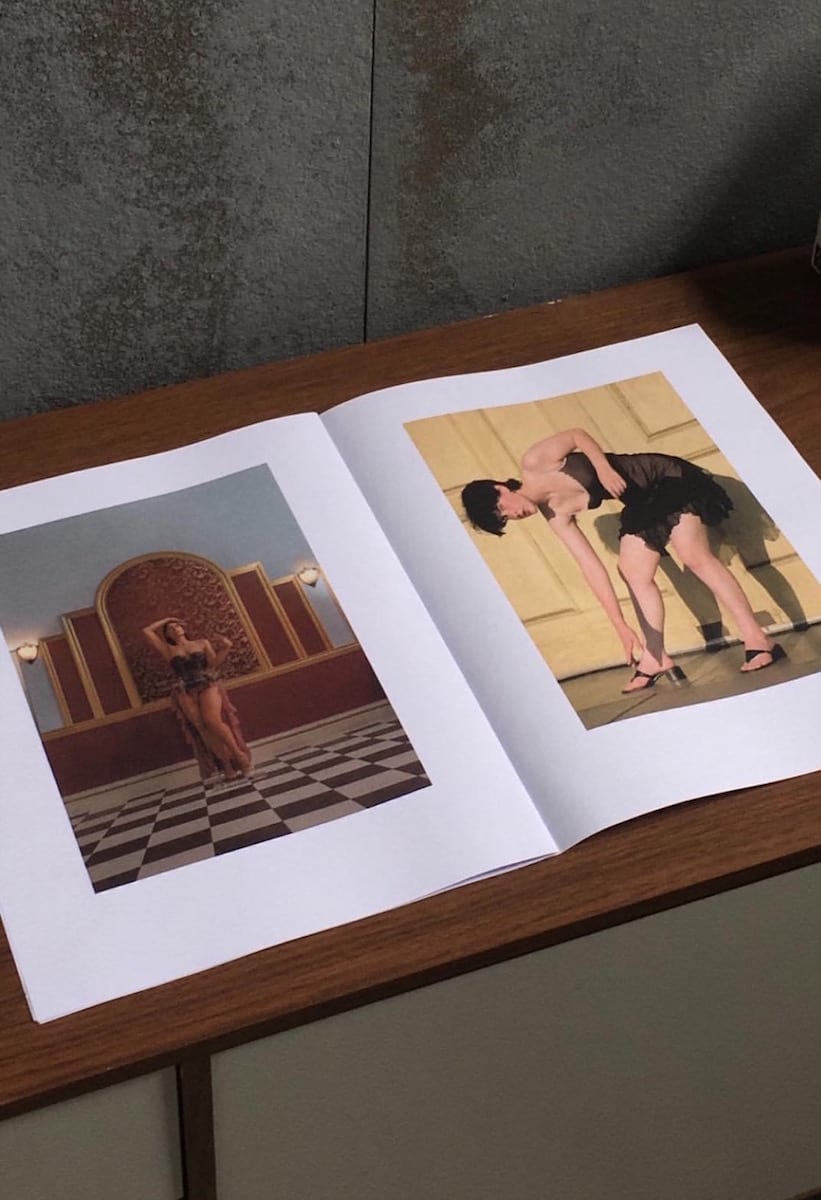
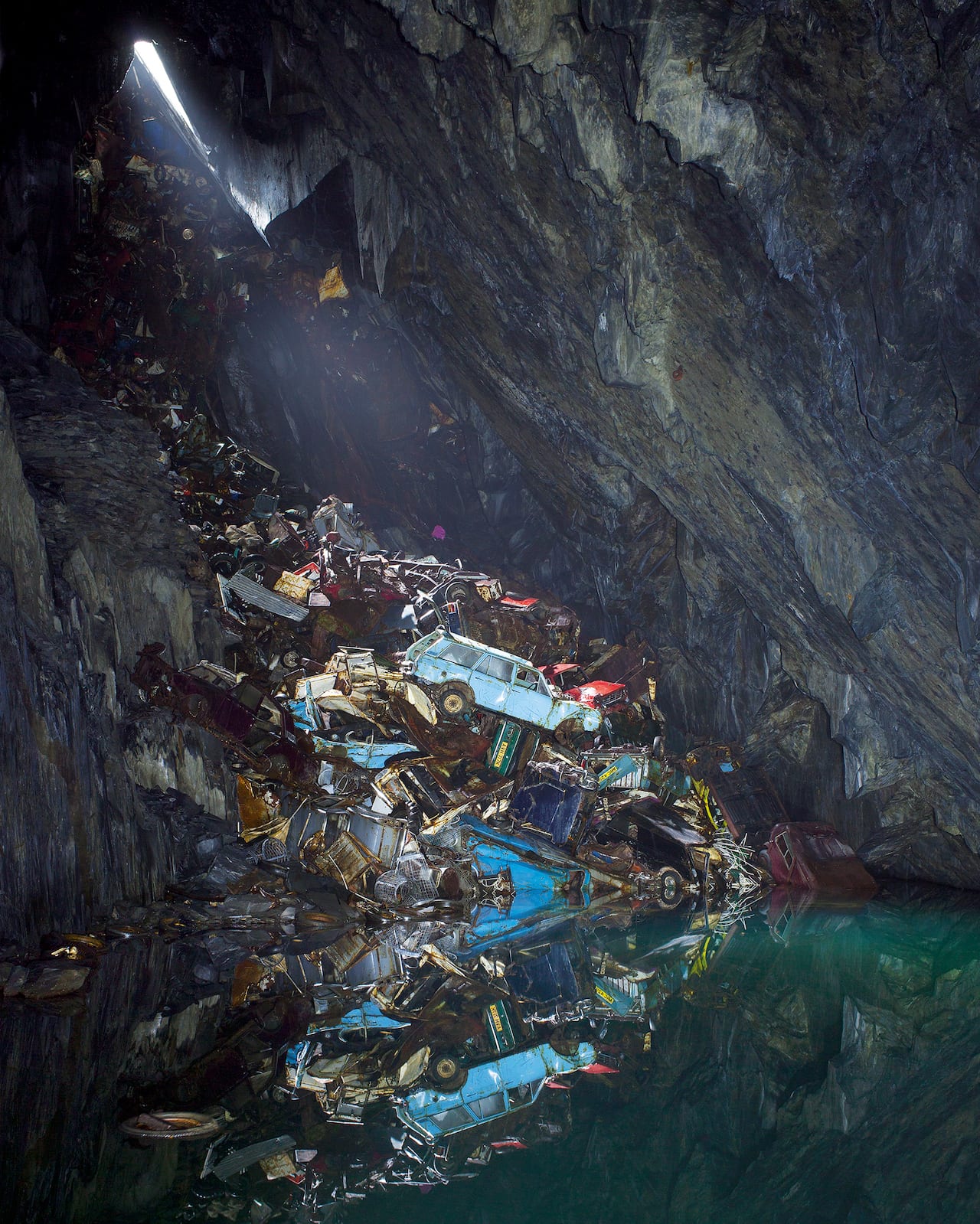
“I see the bastard countryside everywhere I go,” says Robin Friend, pointing out of the window of his studio in East London, where an ivy plant has climbed up a nearby wall and is wrapping its vines around a rusting CCTV camera. “I ran with this idea of city and countryside splattering into each other, creating this hybrid nature,” explains Friend, who has been producing photographs for his book, unknowingly at first, for 15 years since he started started his BA in Brighton, where he studied under Jem Southam.
“Bastard countryside” is a phrase coined by Victor Hugo in his novel Les Miserables, in which he describes the city of Paris as an “amphibian”, stretching out into the countryside and devouring everything in its path. It is a zone in which the urban and rural mix, the manmade and the natural, clashing and colliding to create a strange form of beauty and ugliness.
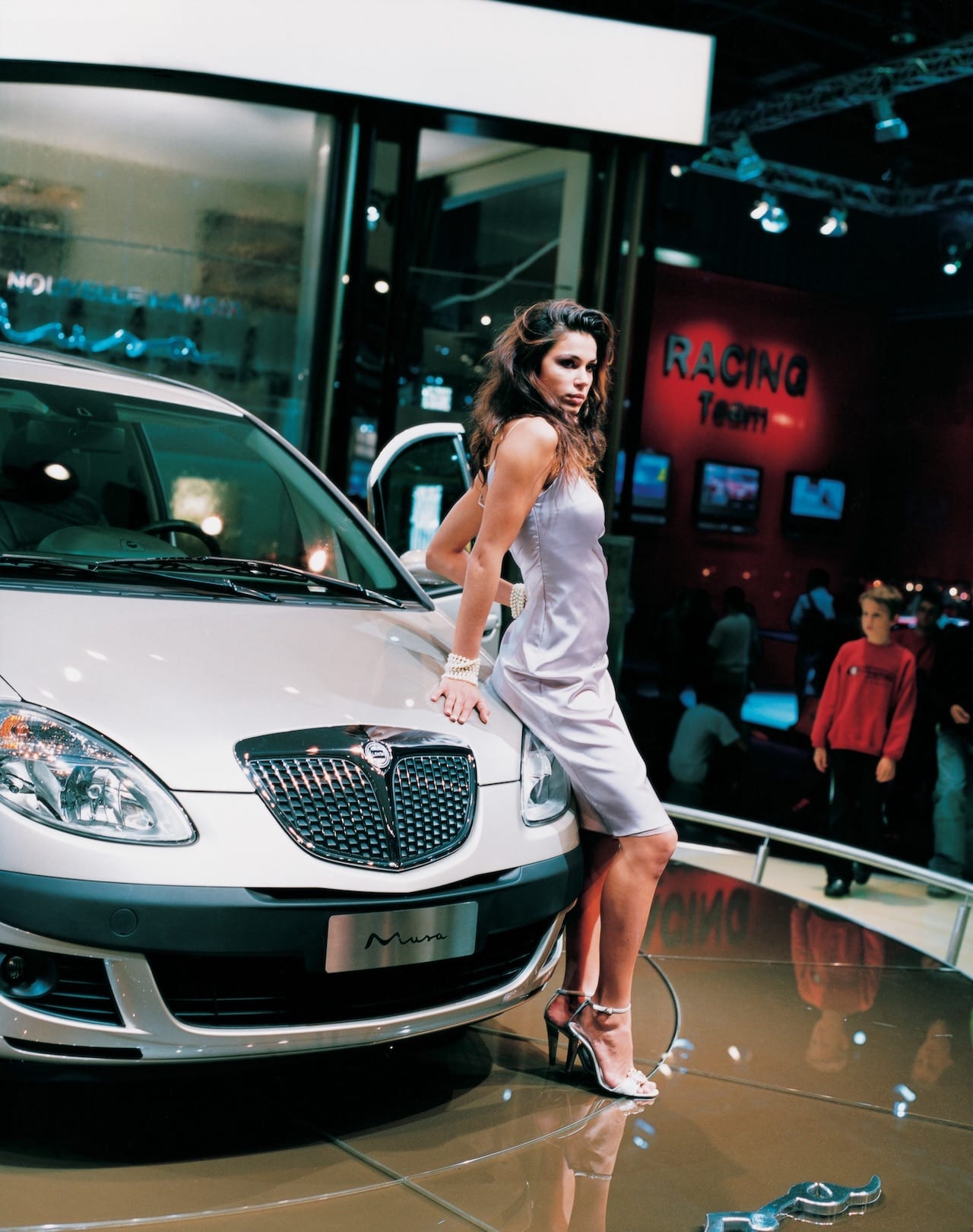
“I was trained as a sculptor, and this was the first time I had used the camera,” wrote Jacqueline Hassink in the Financial Times in 2011, of her breakthrough project The Table of Power. Between 1993 and 1995 Hassink contacted forty of the largest multinational corporations in Europe, asking to photograph their boardrooms. “I wanted to find a table that symbolised modern society’s most important value: economic power,” she writes. Nineteen refused, while the remaining 21, in Britain, the Netherlands, Germany, France, Switzerland and Italy, eventually agreed.
The book was published in 1996; it was the first time that photographs of these places had been made public, and in the spring of 2009, after the global recession, Hassink decided to revisit the boardrooms. With The Table of Power 2, she examined how boardroom design, revenue and employee numbers had changed over the intervening years.
Hassink, who has died aged just 52, was born in Enschede, the Netherlands, on 15 July 1966. She trained to be a sculptor at the Royal Academy of Art in The Hague, and then at the Trondheim Academy of Fine Art in Norway, but after graduating in 1992, presented herself mainly as a photographer, publishing nine books – including another celebrated title, Car Girls, in 2009. It was shot over five years at car shows across seven cities in three different continents, including New York, Paris, Geneva, Tokyo, Detroit, and Shanghai, focusing in on differing cultural standards on ideals of beauty on the women paid to pose with the cars.
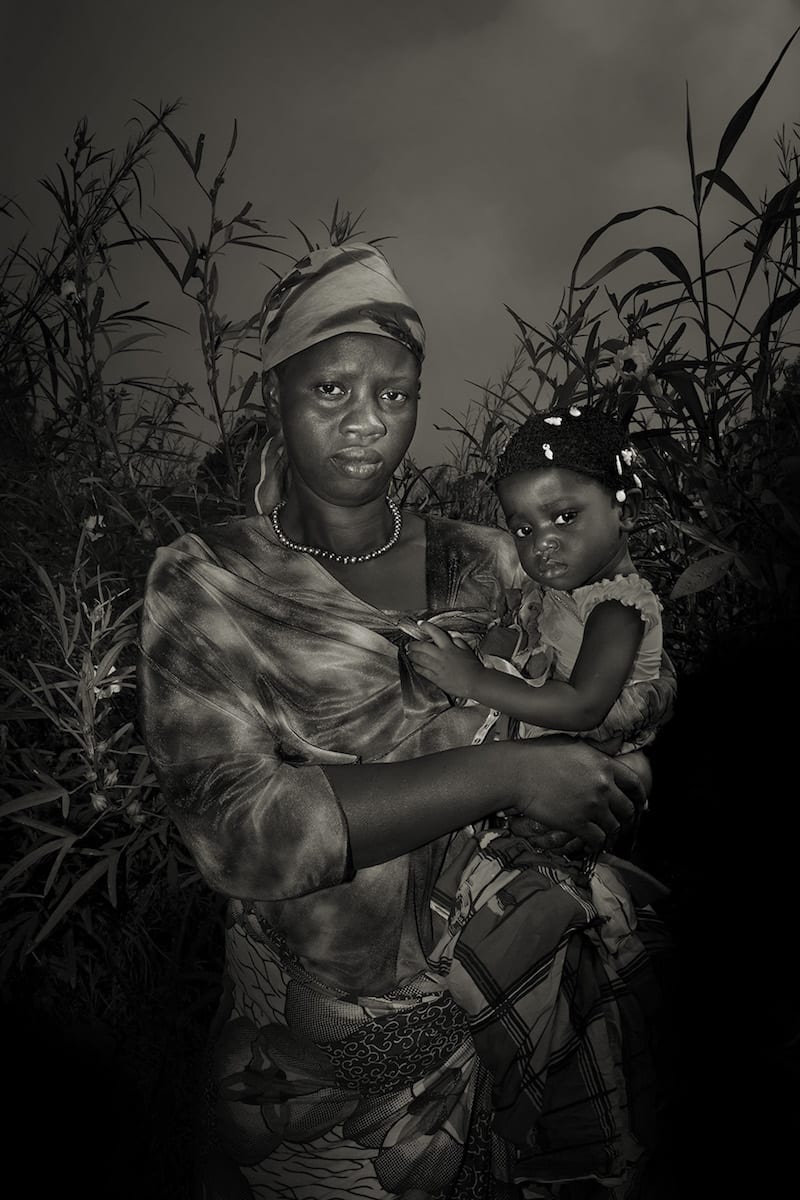
The documentary photographer discusses the realities of shooting amid one of the world’s worst Ebola outbreaks in history
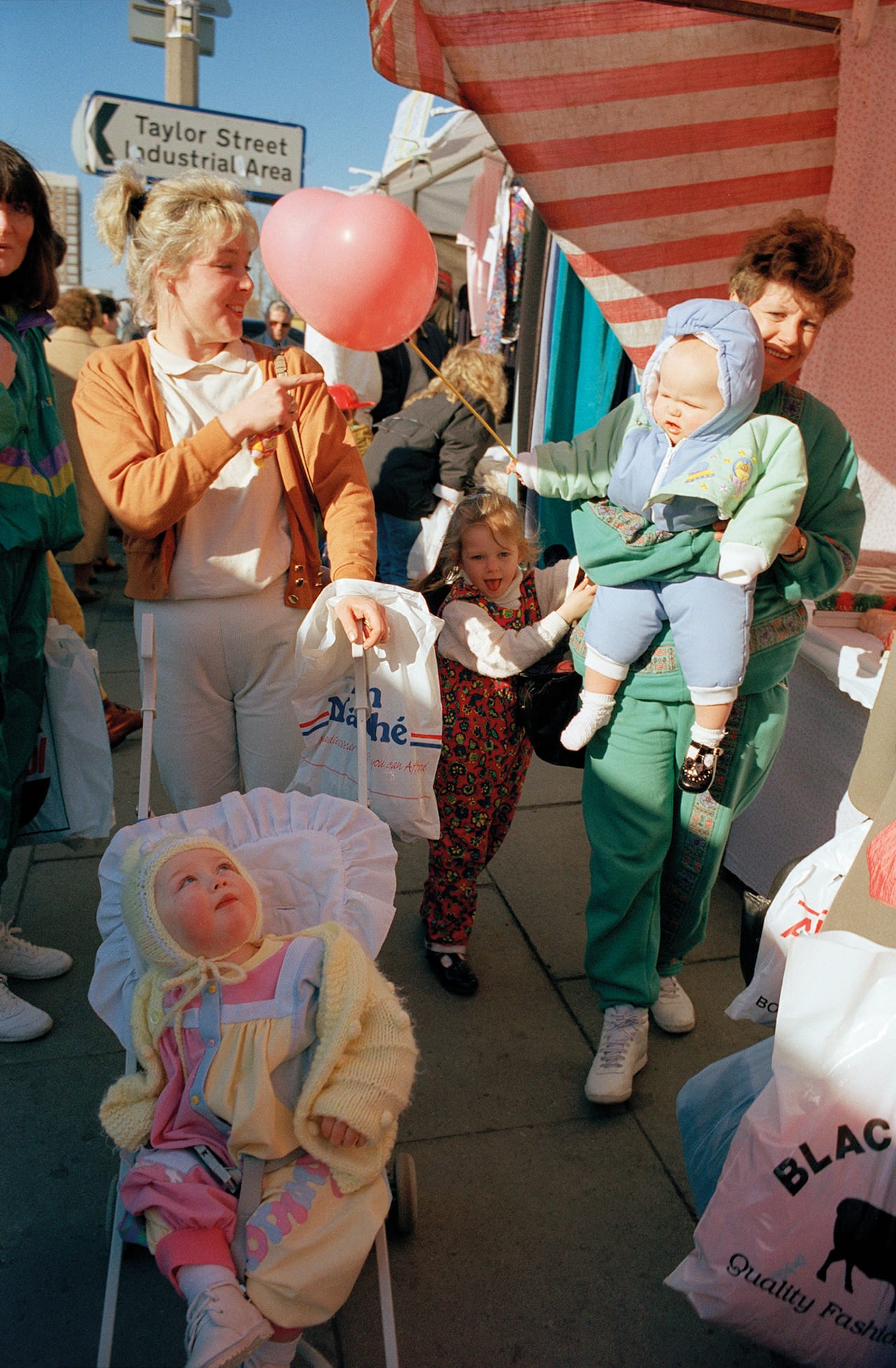
Almost every Saturday between 1978 and 1999, Tom Wood travelled from his home in New Brighton by ferry and bus to Great Homer Street market, just outside Liverpool city centre in the North West of England. He would spend the morning there photographing the mothers and daughters, kids dressed in matching blue and lilac tracksuits, teenagers chatting away with their curly hair swept up into side-ponies, and grandmothers haggling for of a string of pearl necklaces or a second-hand coat. In the afternoon he’d travel on to either Everton or Liverpool football ground, then back on the bus and ferry, taking pictures every step of the way.
”God knows how many photographs I took,” he says. “When I first began photographing in Liverpool I was just overwhelmed by the people and the place. It was an exciting place to be, I fed off the energy there.”
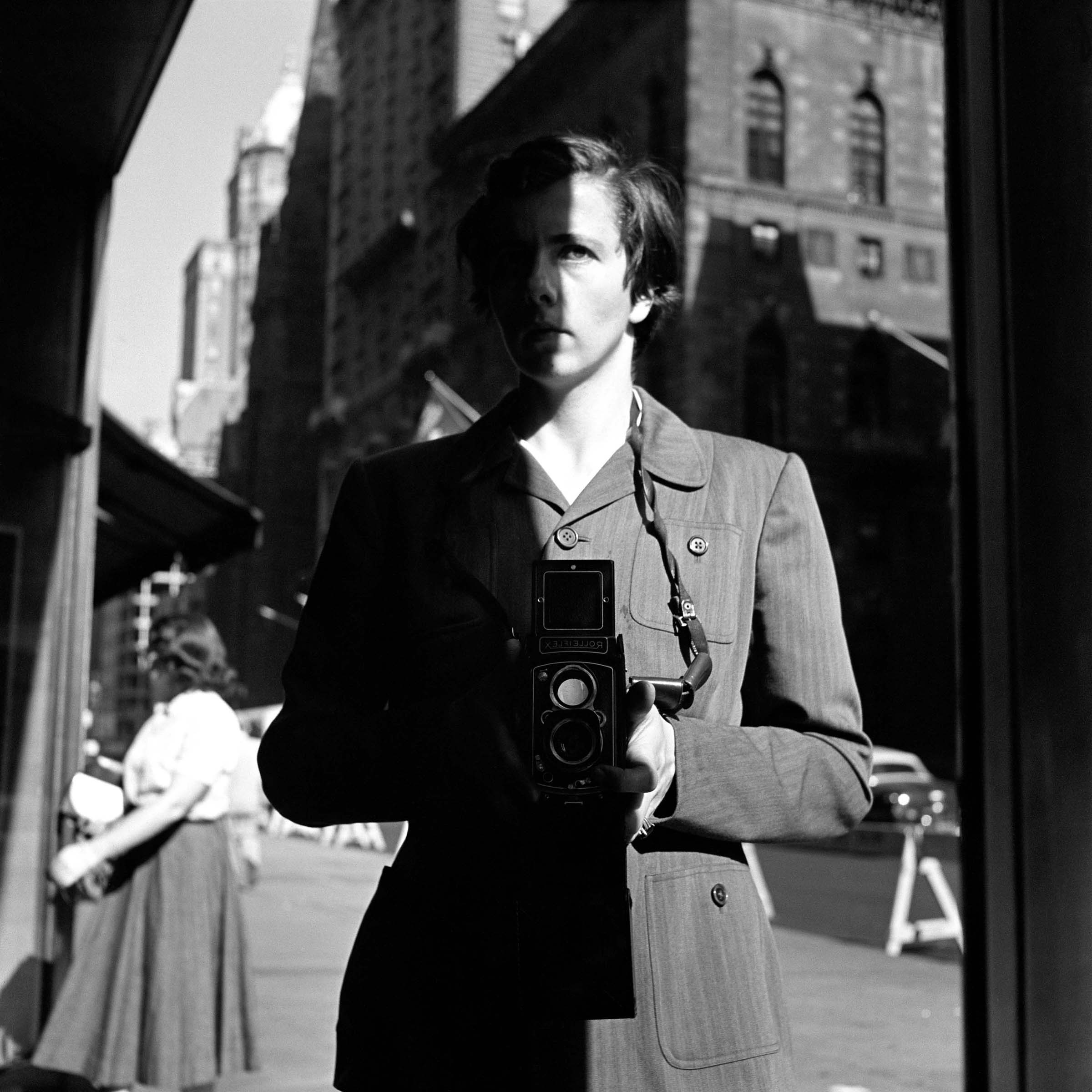
She cradles a Rolleicord camera to her breast, her eyes staring into her reflection. Until recently, the woman behind the camera was unknown, living a quiet life as a nanny in Chicago and dying, alone in a nursing home, in 2009 at the age of 83. When Vivian Maier’s cache of 100,000 images were unearthed, her work was compared with the greats of street photography. A film was made, Finding Vivian Maier, which introduced a new generation to her work. But Maier herself was the draw; who, exactly, was the mysterious French nanny? What drove her relentless imagery, and why did she keep it so resolutely hidden?
Maier was a private but eccentric Mary Poppins-like figure, who spoke with a delicate French trill and was never without her medium format camera. She took thousands of photographs from the 1950s to 70s, but squirrelled them away in a room she forbade anyone to enter. She was poor, and in 2007 her possessions were auctioned off to recoup her debts – her archive of photographs among them. John Maloof, an estate agent and president of his local history society, discovered them at an auction and took a punt, hoping to find images for a book he was writing on the Portage Park area of Chicago. He found nothing relevant, and put the whole lot into storage for two years.
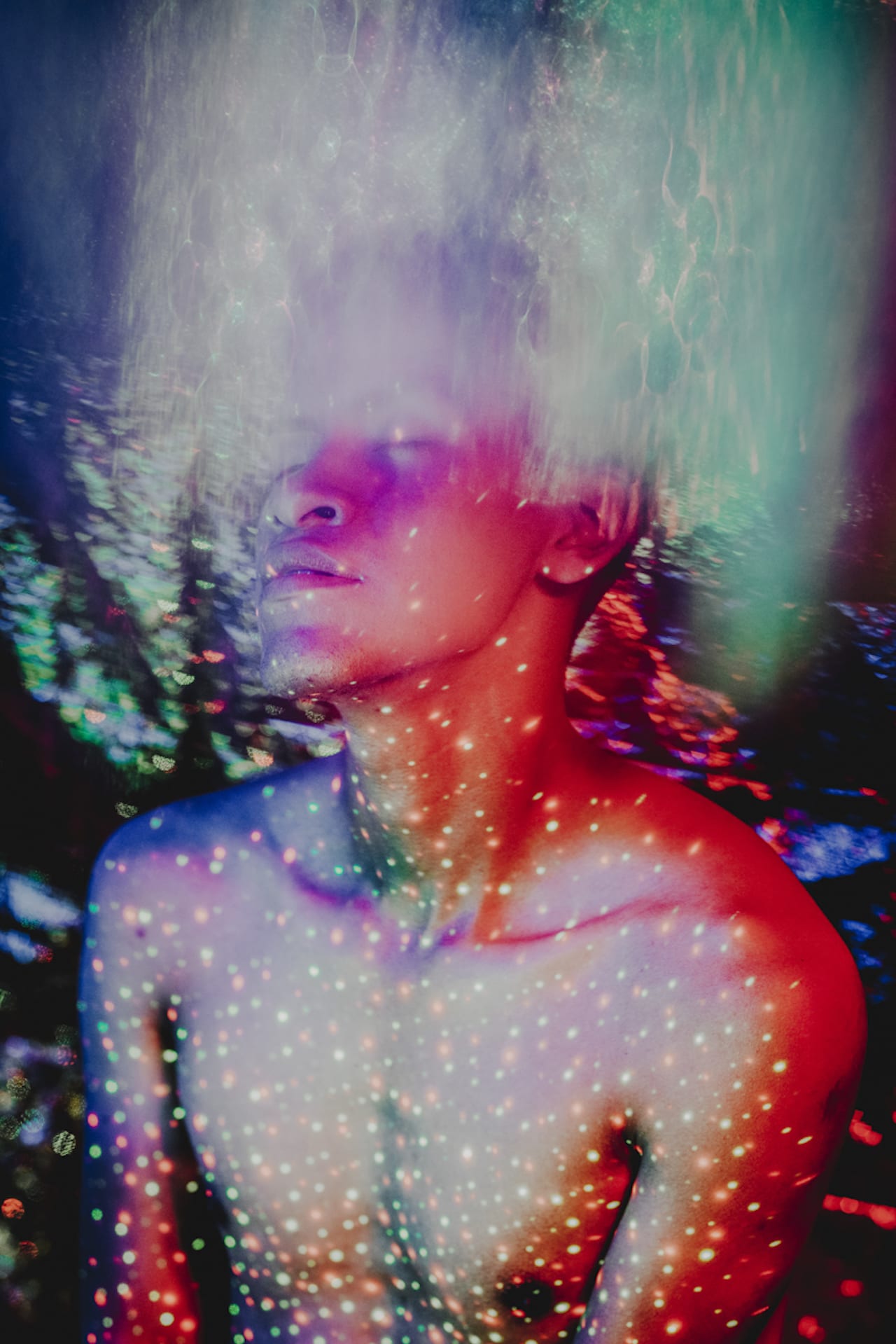
Growing up in Peru in a large family “with limited resources”, photography didn’t figure large in Prin Rodriguez’s childhood. In fact her family only got its first camera – a pocket digital camera – when she was finishing secondary school, and was initially firmly against it when Rodrigeuz said she wanted to study photography. “They had the conviction that university education was a way of moving up the social ladder, and that photography did not offer any certainty of this,” she tells BJP. “For my family to have a camera was almost a luxury.”
Despite this Rodriguez persisted, and is now building a successful career in image-making. She’s currently taking part in the VII workshop in Poland, one of only 20 photographers to have been invited to join, and the only one from the whole of Latin America. Her work was recently published on the PHmuseum website, and she has co-founded the Pariacaca collective with fellow photographer Monarca Criollo.
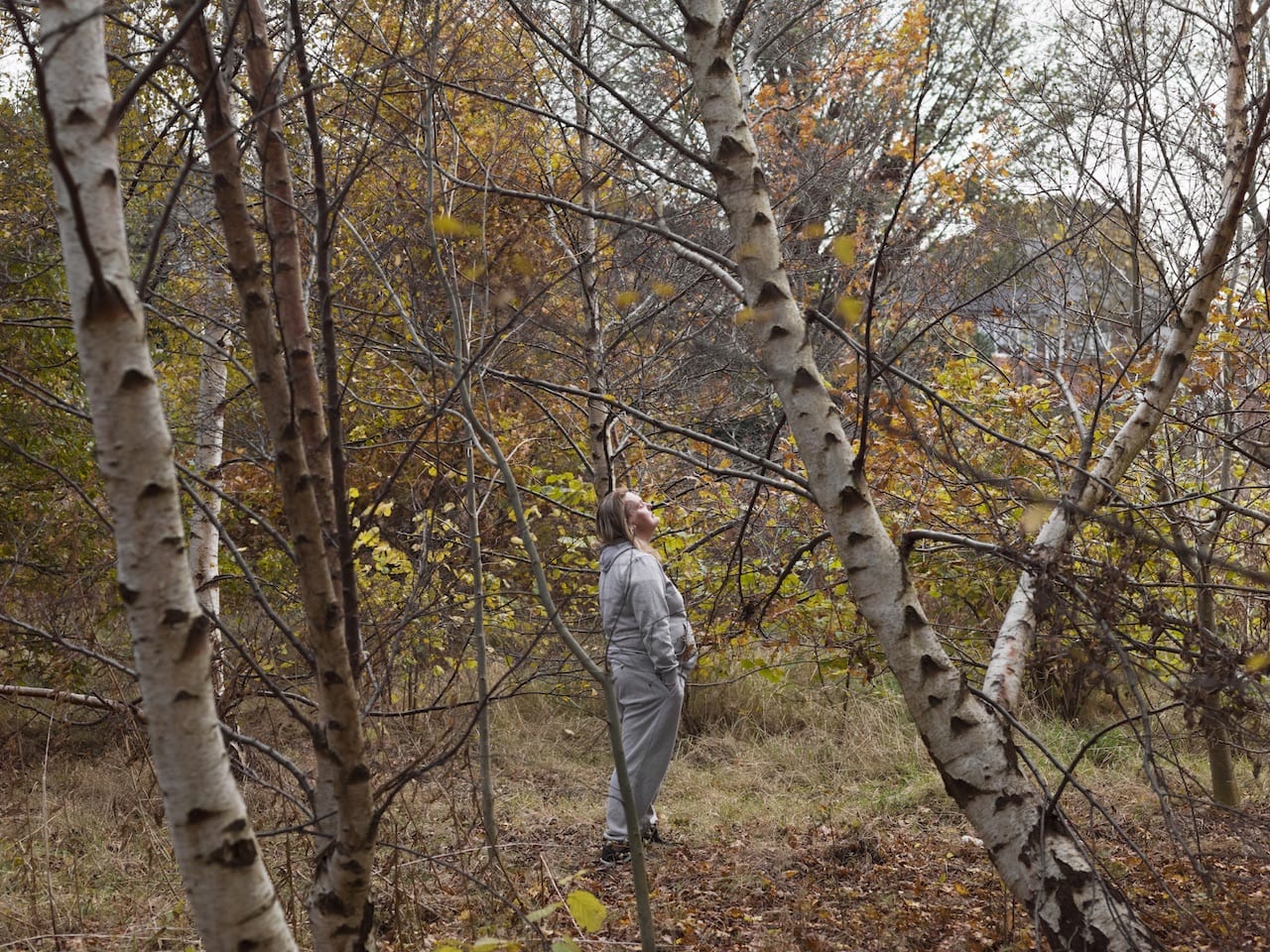
It is estimated that 7% of the prison population in the UK has a learning disability, compared to around 2.2% of the general population. A study by Prison Reform Trust in 2008 found that people with learning disabilities are seven times more likely to come into contact with the police, five times more likely to be subject to control and restraint, and three times more likely to suffer from anxiety or depression, and spend time in solitary confinement.
These numbers are estimates rather than straight statistics because there is no system in place to screen, identify, and record whether a prisoner has a learning disability. In a research paper from 2005, psychologist John Rack estimated that around 20% of prisoners have some form of “hidden disability” which affects their performance in education and work settings. It’s worryingly disproportionate, and it begs the question – if prisons don’t have systems in place to even identify these people, how can they begin to give them the support they need to survive in a prison environment?
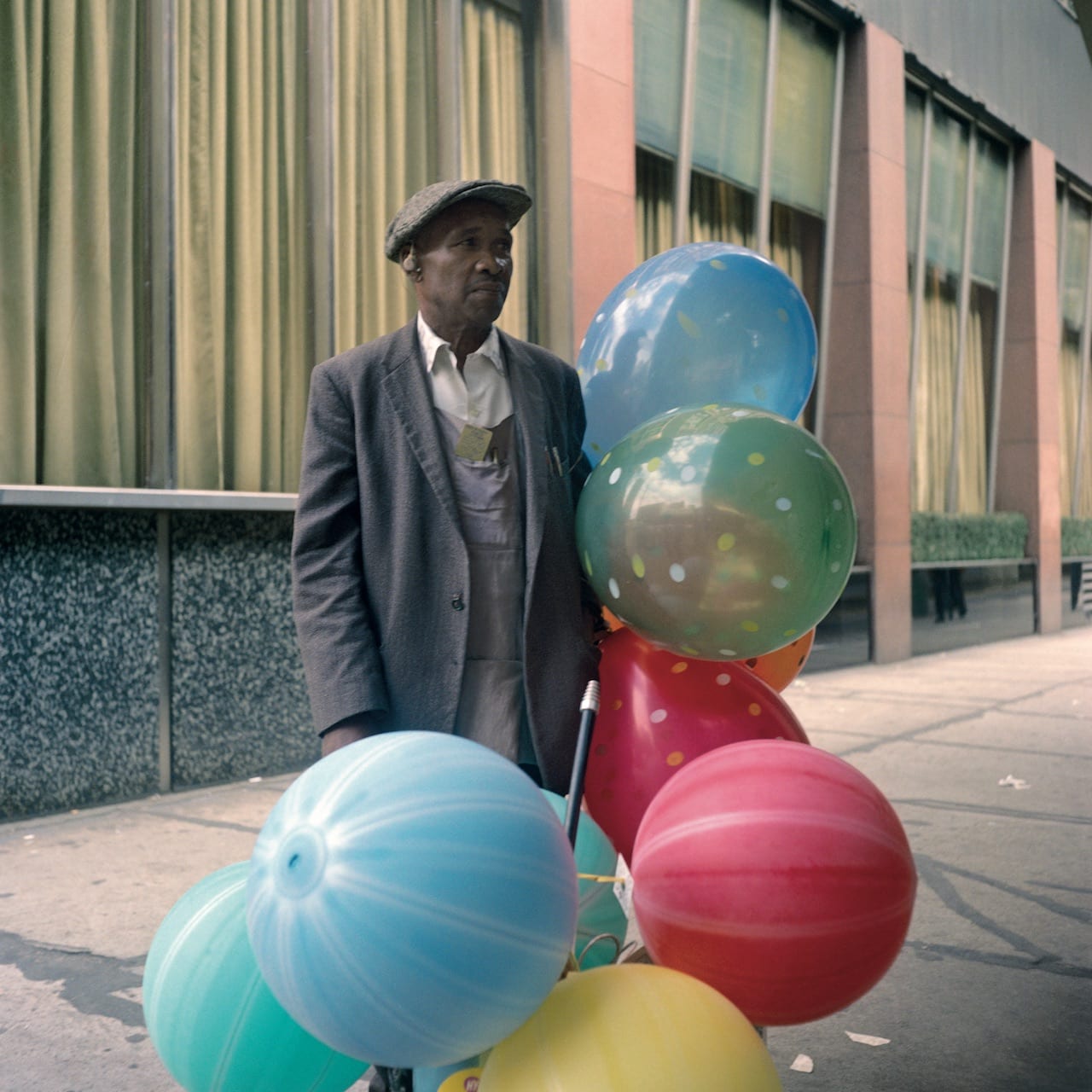
Since its discovery in 2009, Vivian Maier’s work – and her life – has attracted global attention. It been exhibited all over the world, featured in mainstream media outlets, and circulated in multiple books and films. Even so, many details of the American street photographer’s life remains a mystery.
We know that she worked as a nanny for 40 years in Chicago, and that she liked to spend time walking the streets, taking photographs with her Rolleiflex camera – with and without the children she was looking after. We also know that Maier took more than 150,000 photographs, many of which remain unseen, mostly of the people and architecture in Chicago, New York and LA, but also of herself, and her young charges.

Although it is Spanish photographer Sole Satana’s latest body of work, From a Bad Place was conceived several years ago, during a difficult time when she was struggling with anxiety and depression.
Closely related to her personal life, Satana’s photography tells a very subjective story about her take on everyday life. Her images will be on show at the Centro Parraga in Murcia, Spain, as part of a collaborative project between the gallery and collective UnderPhoto. Now in its second edition, the project aims to bring together emerging creators who offer a “deeply personal representation of reality”.
From a Bad Place will be exhibited alongside photography from Satana’s partner in life and work JD Valiente, a BJP One to Watch this year. The couple met when they were teenagers and have been together for 14 years. They often now collaborate on joint projects, such as the story Dead Meat, but this show, titled Parentésis, is made up of two solo series.